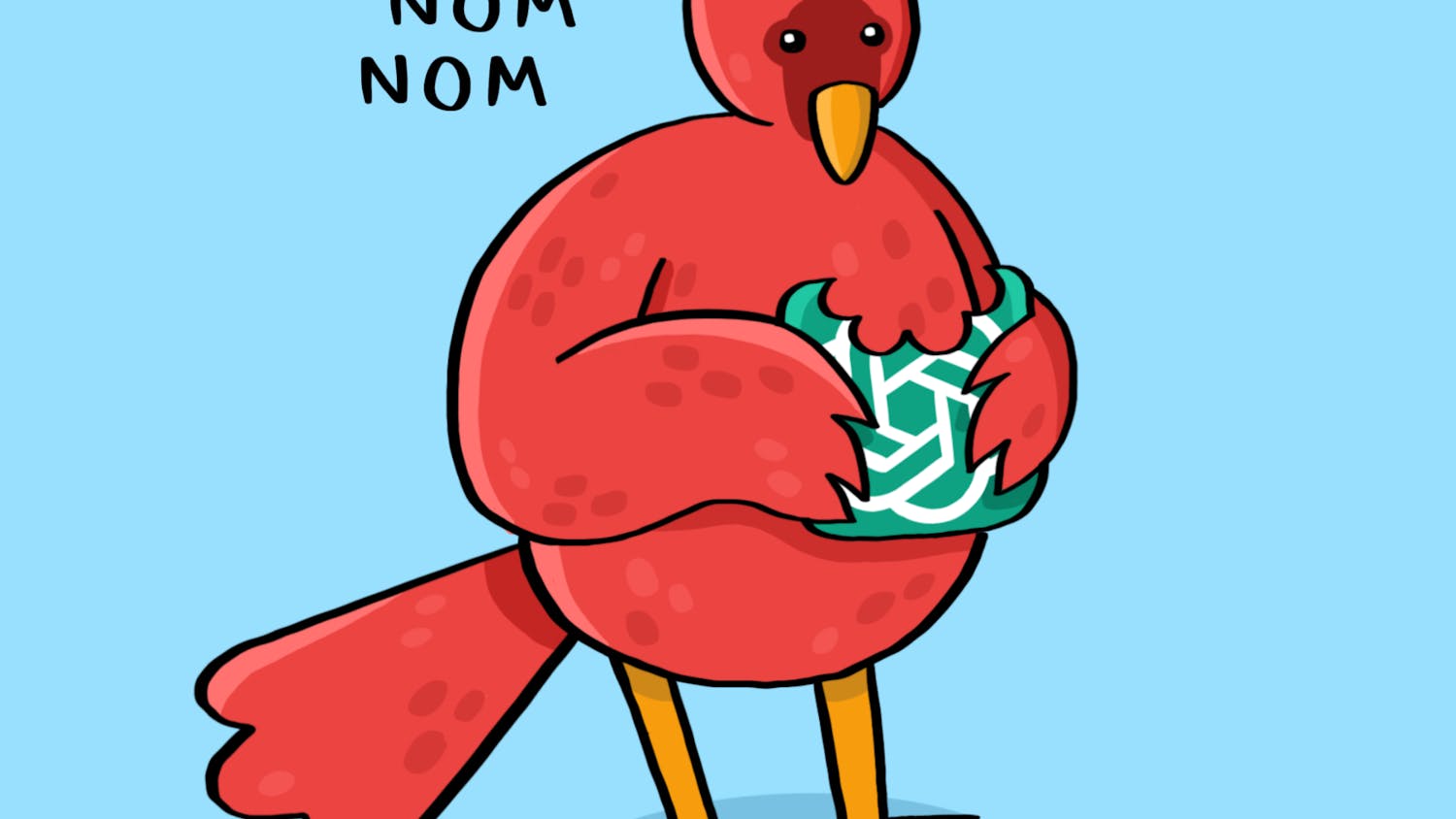Spooky season, with all its accoutrements, is officially upon us. Carved pumpkins, skeletons, black cats … and bats. With their beady eyes, scissored fang-like teeth and nocturnal habits, it’s of little wonder that this mysterious creature has become associated with our most terror-inducing holiday.
The origin of bats’ less-than-stellar reputation is often traced to an ancient annual Celtic harvest festival, Samhain, which marks the end of the harvest season and the beginning of winter. During Samhain, celebrants lit bonfires to appease demons while wearing elaborate costumes that were believed to offer protection from feared spirits. The warmth of these bonfires attracted bugs, and the prospect of a meal thus attracted bats, which the villagers came to believe embodied the spirits of the dead.
The spooky connotations of bats’ reputation as creatures to be feared and avoided was cemented in 1897 by Bram Stoker’s novel “Dracula,” which featured evil vampires who were able to turn into bats at will. Thus, the image of bats as blood-sucking vampires became entrenched in our society — leading the flying mammal to be consistently listed as one of humans’ most feared animals alongside other misunderstood horrors such as spiders, mice and snakes.
Bats play a crucial role in our ecosystem, and are hardly the monsters that Stoker and other anti-bat hooligans made them out to be. Bats act as essential pest control agents. If you had a friend who went through your house eating all the annoying flies, you wouldn’t spurn him! In the corn industry alone, bats munch on enough bugs to save farmers an estimated $1 billion dollars annually — money that would otherwise need to be spent on pesticide sprays and other preventative crop damage measures. For the agricultural industry as a whole, farmers have bats to thank for savings of more than $3 billion every year.
It’s not just farmers who should be thanking the bats. If you’ve ever enjoyed a peach, banana, avocado or mango, know that it is bats who provide critical pollination services for our favorite fruits — over 300 of them, to be exact! The next time family and friends raise their margarita glasses to give a toast, it would serve well to slip in an extension of gratitude towards our chiropterid friends, giving them the recognition they deserve as the only pollinator of the agave plant, whose juice is a key ingredient in tequila.
Seed dispersal is another critical role that this spooky creature takes on. Seeds for plants who produce foodstuffs such as nuts, figs and cacao are able to spread to recently cleared rainforests and other areas largely due to the efforts of our nocturnal compatriots. In fact, as much as 95% of seed dispersal has been accredited to fruit-eating bats.
As the essential role of bats in our ecosystem has been increasingly illuminated, scientists and other experts have called for bats’ reputation as blood-sucking menances to be replaced with one that is far more appreciative of their good deeds for humankind. Indeed, scientists have increasingly referred to bats as the most misunderstood creature. Whether your next bat sighting is in Halloween decorations or — gasp! — in real life (lucky you), our seed-dispersing, pollinating friends would likely appreciate if this is the reputation that their next appearance conjures. Consider screaming “thank you!” into the night — the bats will hear it.






